This is a guest post by concert photographer, Tez Mercer. Check out Tez's blog for more awesome concert shots and tips on how he got them.
So, you want to shoot a concert? You get the OK to shoot your favorite band at your favorite venue. Now what? What body, what lens choice, what do you do? Well, dear reader, maybe this will help.
CAMERA – Like Chase Jarvis said, the best camera is the one that’s with you. He’s right, but if you have a choice there are better alternatives. Personally, I wouldn’t want to shoot a concert on a crop sensor body – I think the focal length multiplier and the higher levels of noise (when comparing crop to full frame) make them less desirable to shoot with.
Of course, if all you have is a 20d or whatever, then sure, use it. I have a 40d for backup and I don’t take it to concerts… I actually don’t take it many places anymore but that’s by the by. The reason I suggest full frame bodies is not because of the focal length thing, but comes down to image quality at higher ISOs. I’m frequently shooting concerts at ISO 4000, and at some places you can get away with ISO 800 if the lighting is superb (which it very rarely is), but more often than not I’m going beyond 1600 (which is the cutoff point for many DSLRs), now, I’ve shot ISO 3200 on a 40d and it looks like crap, even 1600 is questionable and full frame bodies handle noise better because they have more gremlins inside them that can handle the noise and smooth it out into less noticeable grain-like dots.
If you have the option, full frame simply cannot be bested. Crop sensors are improving all the time but at this moment I'd take full frame any day of the week.
However, one thing I will say for crop sensors is that their frame rates are generally higher (my 40d shoots 6 frames a second for example) which could be really useful for capturing the decisive moment, (or you could just work on your timing) and more frames may improve the chances of getting ‘the shot’. This isn’t the way I work, but I must admit I’m far less prudent with digital than I was with film, when you have 24 shots and that's it (try changing film at a concert). And since my 5d II is 3 fps, accurate timing is more important to me than just spraying. But if I had 10 fps, I’m sure that would be nice!
So, full frame is the way to go, or any camera that can realistically handle ISO 3200 and upwards. I know crop bodies are getting better all the time but in my experience, full frame just smokes it. I am yet to see the 1d IV though, but if you can afford that, and use one, you probably know all this already.
LENS – I shoot 99% of my concerts with a 24-70 L 2.8. This comes down to my personal style and preference of being right in front of the stage, right next to what’s going on. I know some people who hang back with a 200mm lens and capture it that way. That isn’t my thing since it’s a rock concert and should be frenetic and fast paced, and a wide angle lens gets you closer to the action and feels more involved.
The other 1% I use a 50mm 1.4 or an 85mm 1.8. I love these lenses, I really do, but not for concert stuff. People move too much: they come close, they go far, they go left, right, up, down, whatever. A prime doesn’t really have the versatility I like for concert photography. I know with a prime it’s all “zoom with your feet” but that isn't always applicable where there’s security, a guard rail, screaming fans and you can't see where you're going. Great in theory, useless in practice.
So, my 24-70 L serves me very well- it's sharp and fast, and it’s 2.8 aperture is a very useful tool to have at your disposal, not only does it allow faster shutter speeds, it also makes the viewfinder image brighter which I’m sure you can appreciate being a big help at a concert where the light isn't always what you would call ‘perfect'.
Just like with the camera choice, it comes down to personal style as much as usefulness. I know my style is to be at the foot of the stage right near the footlights, but yours may be hanging back capturing it from the back of the crowd or the side of the stage, in which case, a longer lens will suffice. Just make sure it has a fast aperture though, otherwise you’re limiting your chances of getting usable shots. f/2.8 = minimum. I frequently hang around at between f/2,8 and f/4 depending on the light and the shutter speed I want.
Taking a zoom also means you don’t have to change lenses, which is a major pain in the ass during a concert. In the pit in front of the stage it’s often dusty and dirty with security moving about, people being pulled out the crowd, bottles and shoes landing near you and all manners of hell breaking loose, so taking the time to change a lens isn’t the best course of action, at least not in the pit, not just for safety's sake but also because if you're changing a lens and something happens on stage, you've missed it. It is possible to go to the wings of the stage, change the lens, then resume your position but this has its own problems… see the following section.
ETIQUETTE – Essentially, security call the shots. Listen to them. They know what’s going on, they have much more experience than anyone in these situations and also have a big say in where you can go and where you can’t and even if you're allowed to take pics. If you come across as the hot-shot photographer who’s the best thing since Leibowitz, you’re going to have problems and come across as a dick.
Security have a job to do and you are in their way. Act accordingly. The rule to moving in the pit is if you want to pass someone, tap them on the back a couple of times so they get the idea. Nobody can hear anything in the pit so if you get tapped on the back, move.
This happened to me during a concert when I was looking up at the stage just about to take the shot when someone brusquely tapped me on the back, I flattened myself against the stage just in time as a huge, bald security guard went past me carrying a screaming fan over his shoulder. The fan kicking, screaming, flailing and basically freaking out. If I hadn’t had moved, who knows what would’ve happened? A broken camera, I could have tripped up the security guard or endangered the crowd or disrupted the performance (the worst thing you can possibly do). I do think that if I hadn’t moved, and the fans had seen it, it would have undermined the authority of the security guard in question, and that is just not cool. Their job is tough enough as it is and if the proverbial hits the fan, they’re there to protect you and I guess they’d be much happier to do that if they like you and don’t think you’re an ass! So, listen to them, get to know them before the show, check the rules, and just be polite. I see the same guys at most shows and they know me, we all get along, and they respect what I do because I respect them.
I mentioned before about changing lenses- I would be hesitant to leave the pit, change a lens, and then return, for the simple fact that it’ll be messing with security. Once you leave, they can return to their normal battle stations, and then they see you coming back again they’ll have to adapt to you (again).
After your time is up (usually after the first 3 songs), remember to say thanks to the security guys, either with a thumbs up or a mouthed word- just as long as they get the idea.
WORKING WITH OTHER PHOTOGRAPHERS – Working with other photographers in the pit is pretty much the same as with security. If you want to move to where they are, start by getting their attention, either with the good ol’ tap or a wave and indicate you want to change spots. I do this by pointing at them, then pointing at me in a kind of “let’s swap positions” kinda thing and it works fine.
If you do have to get close, don’t worry about it. I’m in the frame of mind that you should make yourself as small as possible to minimise the disruption of simply being there and if you have to shoot right next to someone, do it, just be cool, don’t budge or push. Everyone has a job to do and if the spot is no good or taken, don’t force it. If something really great is happening that you absolutely must photograph then try and find a place where you can get what you want without barging people out of the way.
When I was shooting this shot I had to pretty much crawl through a guy's legs to get it.
DON'T PISS OFF THE FANS – Since the fans have paid good money to be there, and the photographers haven’t, don’t get in the fans' way and if you really, really have to, do it quick. I’ve heard of security ejecting photographers for repeatedly getting in people’s ways. The security don’t want an angry crowd for obvious reasons, and if you’re pissing off the crowd, you gotta go. The crowd should always come first.
THE COMMANDMANT – The commandment of concert photography is “3 songs, no flash”. That's what it sounds like- you can cover the first 3 songs (sometimes 2, sometimes 4) of the bands (ask the security or tour manager if support acts are covered too), and don’t use your flash. If you do, expect to be kicked out. I don’t know why you’d want to use flash anyway, given that stage lighting is far cooler, and flash would just destroy the atmosphere, not to mention distract the performers from doing their thing. I don’t even take my flash. I wouldn’t waste my breath explaining how the AF Assist Beam it fires but doesn’t actually fire the flash: if it looks like a flash, it’s contraband. Probably best to leave it at home!
TECHNIQUE – Simply put, these are my go to settings for concert photography:
- 1. spot metering to determine exposure (on the face/skin/something of equal brightness on the subject), usually at +1/3 depending on what they’re wearing (silver things blow out quick)
- 2. back button focus (there’s no going back once you learn this)
- 3. center focus point (it’s the most accurate)
- 4. large JPEG (I shoot anywhere from 200-600 pics at a concert depending on the length, then cull it down to the keepers, then cull to what I show, if I shot RAW, I’d spend forever at my PC converting, deleting, editing and waste a ton of HD space). I can get files out faster this way, be it to the press or to the management companies. I don’t like sitting on files for days.
- 5. ISO 2000 (adjust as necessary- if you’re frequently hitting 1/800 shutter speed, lower it. I try and shoot at a minimum of 1/200)
Now that I look at them, these are pretty much the same settings I use for sports!
CAMERA SETTINGS – I personally use AV mode, but that’s just me. I think shooting entirely manual is counter-productive as the lighting changes every 2 seconds. So 1/200 @ f/4 will be totally wrong in 2 seconds time, then you have to adjust again.
In my bag I have my camera body mounted with a 24-70 L, a 50mm 1.4 and a 85mm 1.8 as well as a spare battery and earplugs (essential). My Lowepro bag also has mesh pockets on the sides where I put lens caps, and in the back zip pocket (that’s next to my body) I put my cell phone and my wallet. I started doing this ever since my last phone fell out of a jean pocket when I was in the pit and I never saw it again.
AFTERWARDS – So after you’ve done your 3 songs, no flash for all the bands, what's next? Most places are cool if you join the crowd and watch the show. I’ve never met a venue who didn't think this was cool. If you don’t want to stick around, you’re free to leave. As I mentioned before though, I make sure I thank the security guys and you should too: tap them on the back, give them a thumbs up and a “cheers!”. I’d consider it rude if someone just bailed.
Important things:
When I mention to people I have a photo pass to certain gigs, they say something like “oh wow, you can meet the band!”… this isn’t close to true. A photo pass is not a backstage pass. It just isn’t. Don’t go wandering backstage thinking your photo pass entitles you to be there: you need special and specific clearance to get backstage. One of the reasons being that the tour manager doesn’t likely know you or your agenda and if something does go iffy backstage, the last thing a band/record label needs is leaked photos. And of course, the band is getting busy with groupies and coke.
That's a joke…
Some places may extend a backstage pass to you if you’re doing the gig for a magazine and you’re with a journalist for an interview, or doing something special, but I wouldn’t bank on being allowed backstage.
IN SUMMARY
- • 3 songs, no flash is then general rule, if none have been set follow this
• use a zoom lens with a fast aperture
• don't get in anyone's way
• thank the security on the way out
• don't wander backstage
I hope this comes in handy when you get the call to shoot Metallica on their next world tour. Find your style, shoot for yourself and you'll enjoy it more. Concerts are great places to not only get some cool shots but to learn your photography in a trying environment- it pushes your timing, your positioning, your anticipation, your composition and your ability to think on your feet and work under pressure.
So get to it!
Thanks for reading,
Tez Mercer
www.tezmphoto.com

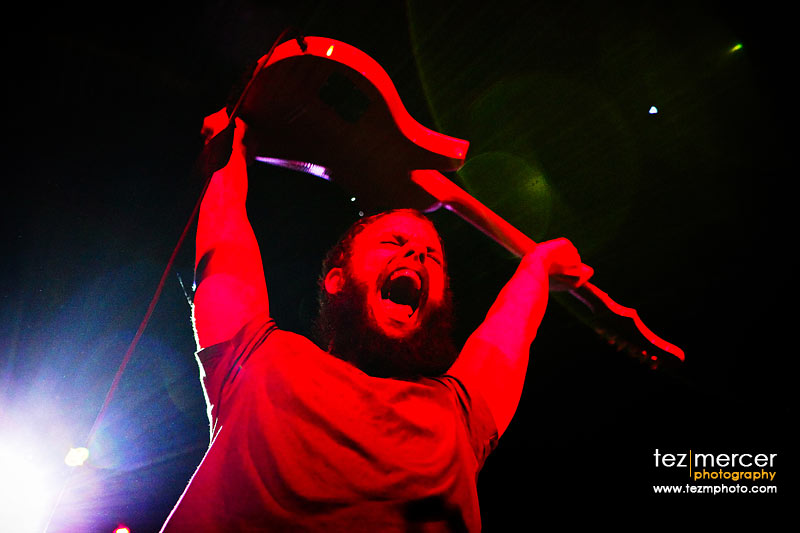

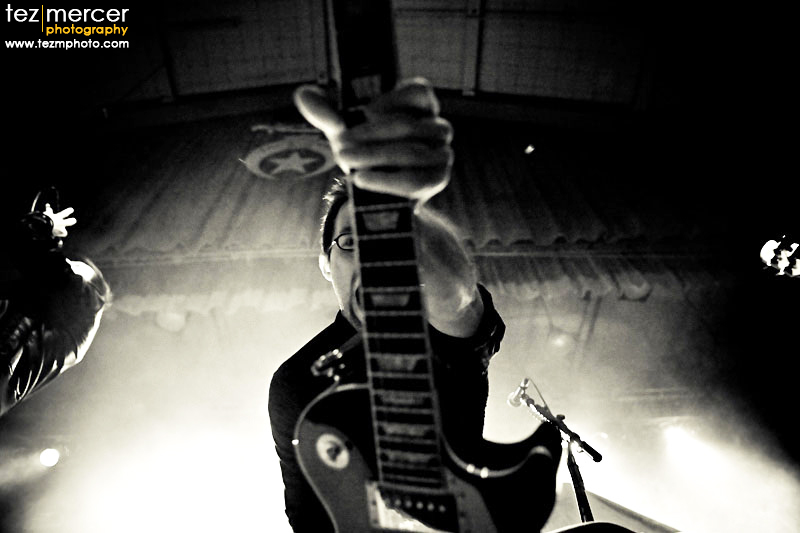
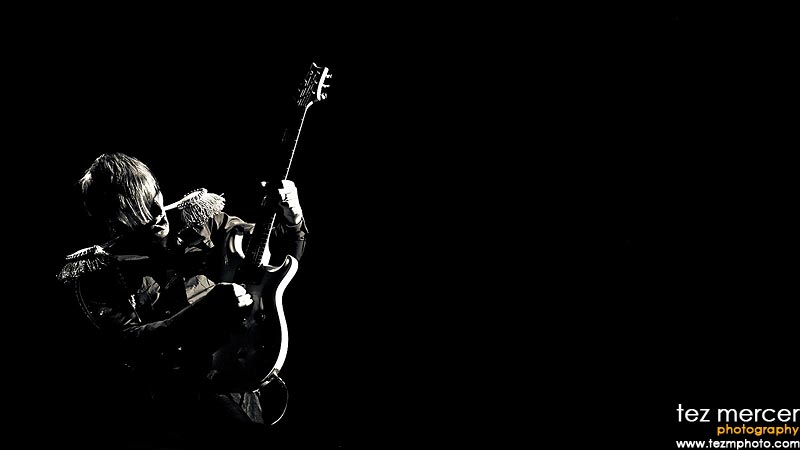
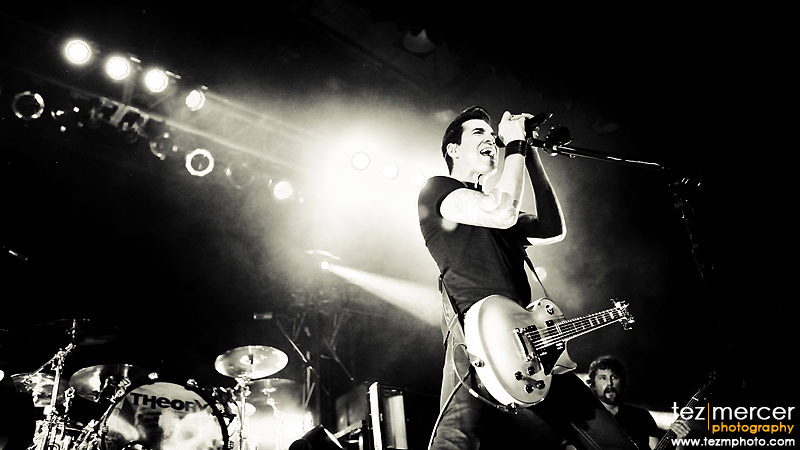

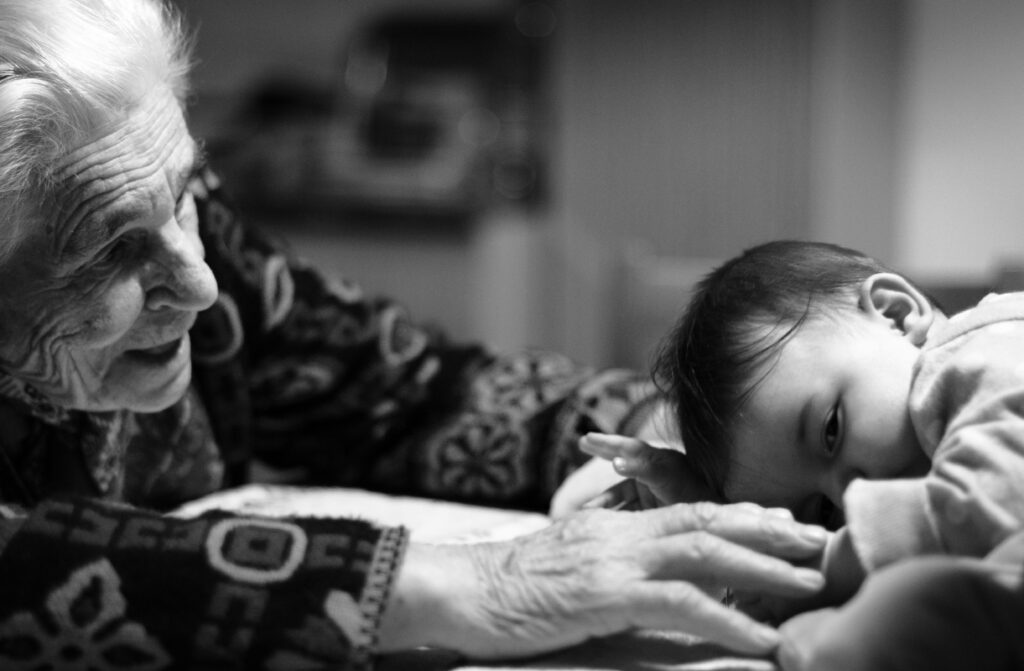
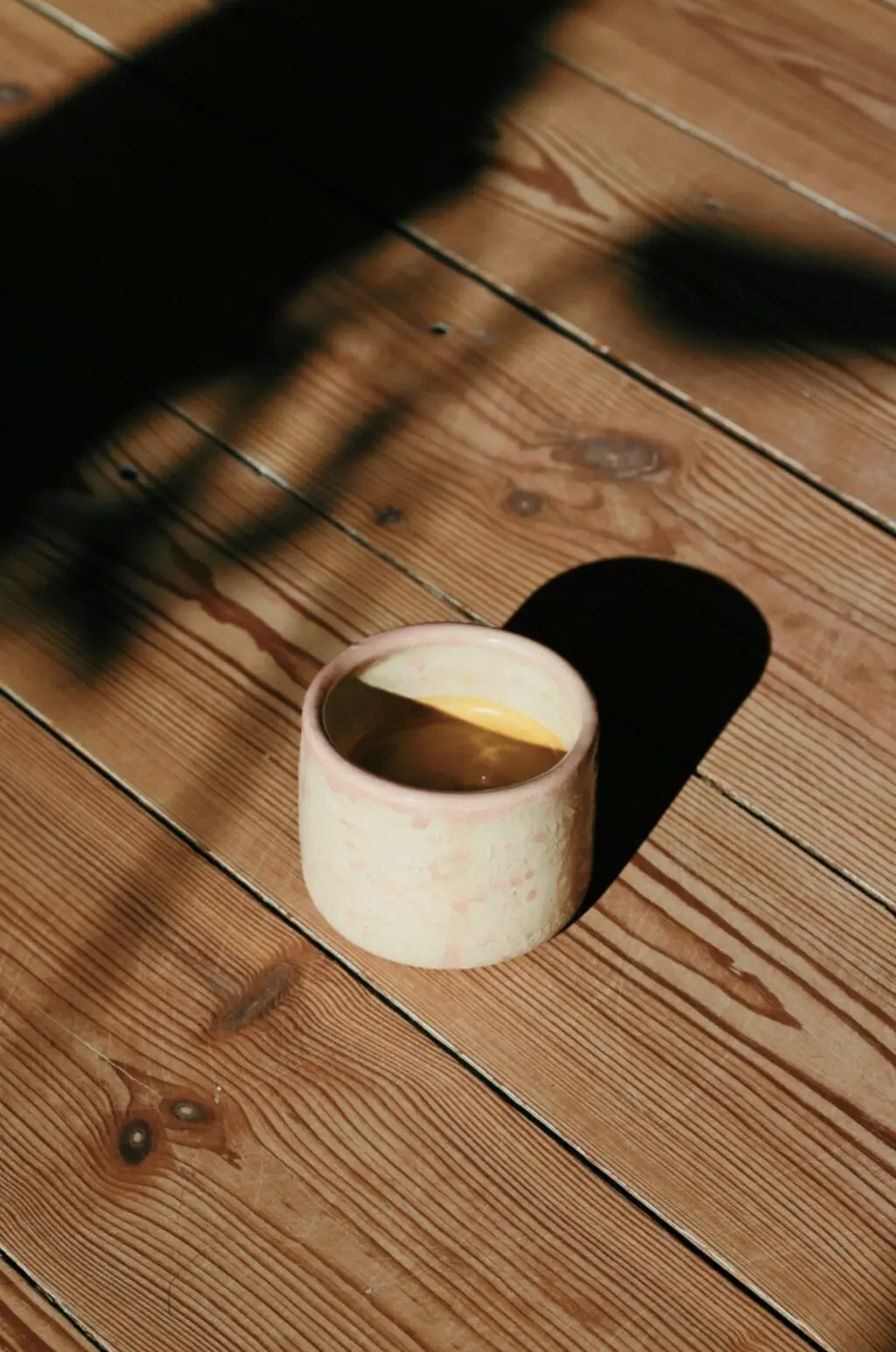
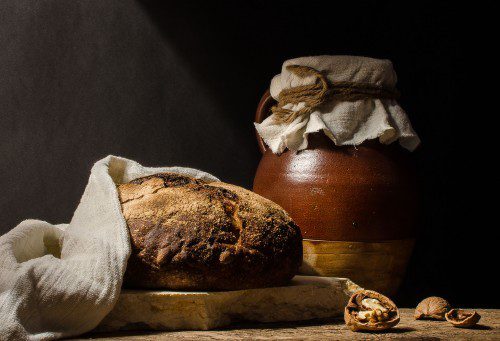
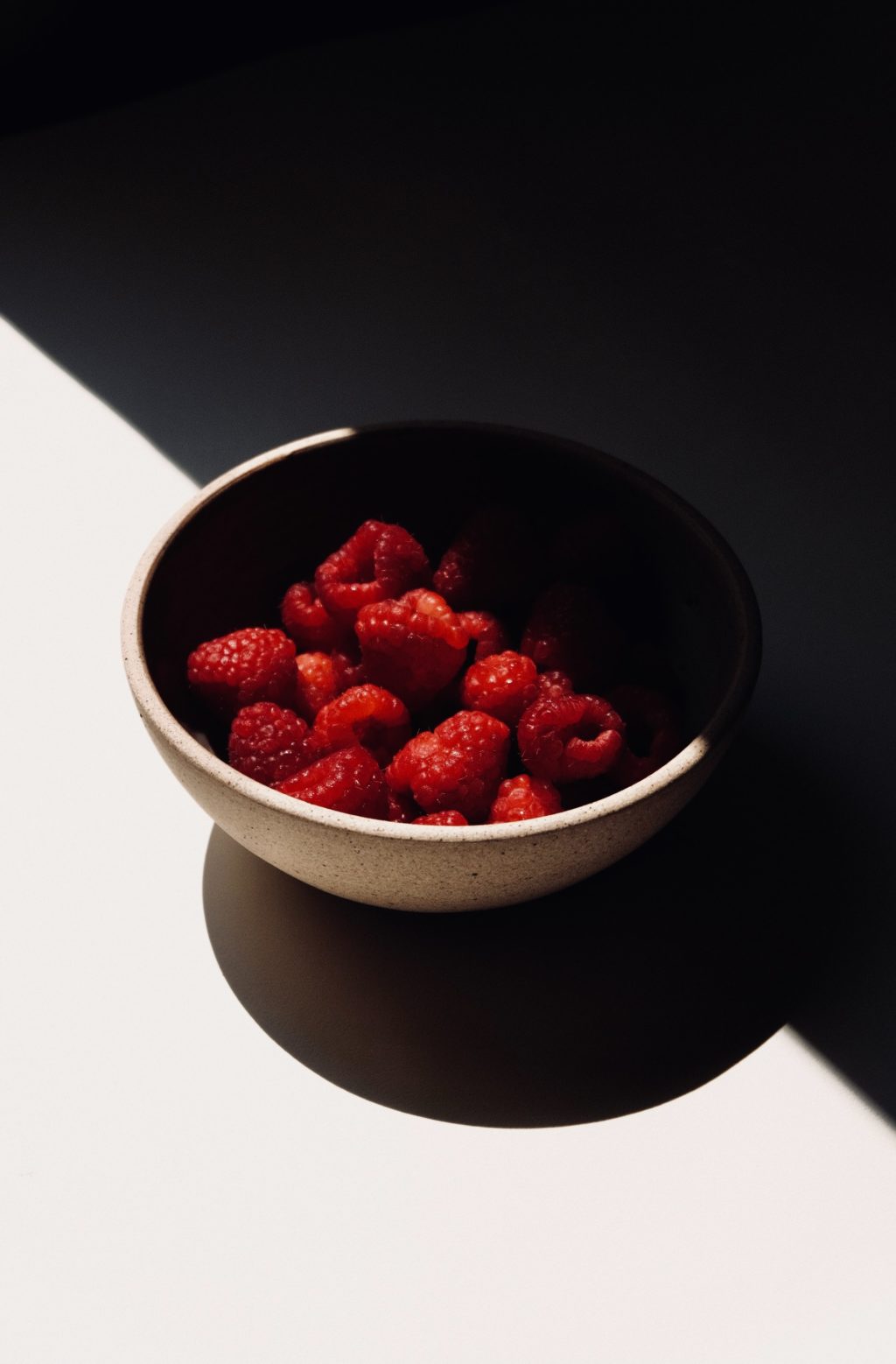
16 Comments
This was a great read. Most if not all of this is going to be useful to keep in mind.
One little question, would you consider the 24-105 / f4 to be too dark of a lens to use in concert photography?
Regards
Bruno
I use my 24-105 lens to shoot shows and it is amazing. My mark II can handle a higher ISO though. I try not to shoot wide one even if I had a 2.8 lens. I try to shoot f4 1/200 ISO: 800-2000
Interesting but….
What about these well known and widely used pro settings to capture the atmosphere instead of killing it:
A prime lens (28 to 135 mm) to get it sharp (all zooms are soft!). ISO 400/800 to capture the quality of available light, speed less than 1/30! second and use the (fill in) flash to freeze the motion and brighten up the facial expressions (Performers gestures are large and theatrical and can be seen from anywhere, the face only from the front row where you are… and that is why you are there!). Yes, I know that the band have to be aware of what you are doing but why wouldn’t they, there image to the outside world is very, very important (again that is why you as a great photographer is working at that great spot on that great moment)
I think it is a bit unprofessional to just walk in, take the image and leave. It is the band and their performance you want to capture, Concert Photography is not (only) about your artistic view and your technical skills, it is about artistically capturing the essence and making it iconic.
A photo which captures the essence of the gig is published, a photo which makes a new iconic image of the performer lives on and is remembered for ever (by their and your audience).
This is just a thought from my side of the line in this great/hectic but fun/rewarding field of professional photography.
It is almost impossible if you don’t have a press ID. Usually you will be to far from the stage, it is dangerous to bring your expensive equipment in the crowd where at least 50% are drunk…
hey guys, thanks for reading.
@B. – you mention fill flash, which would be a great luxury to use, but 99% of places I’ve been at would not allow flash to be used of any sort. It would be a great bonus to shoot at ISO 400, and 1/30 and use a flash to freeze the action but this is not always possible and is something rather rare in the gigs I do, hence why I mention shooting at high ISOs with a big aperture. I’ve done gigs at stadiums and arenas where my bag has been checked by security beforehand to make sure I’m not carrying a flash or anything contraband, I saw some flashes get confiscated and handed back after the allotted song limit this way. So, your suggestion is a good one and would make sense, but most of the time, this is simply not possible.
I did mention prime lenses in my post – they are sharper and they are faster but they lack one crucial element – versatility. People move a LOT during concerts and I would not want to limit myself to one focal length. Also, if your zooms are soft, by better zooms. All mine are great and have never let me down.
@Bruno – that depends. It’s an f/4 lens. If you’re outdoors, or somewhere with really good lighting (like a big venue) then it’d be great! But most times, shooting at f/4 isn’t great unless you want to beef up your ISO and suffer the losses that brings. The focal range is great though, which gives it a bit of an edge.
I would say if your camera can comfortably handle ISO 4000 and up, then the 24-105 is a great choice. Also, in a couple of years when ISO capability is better than it is now (and it’s already rather amazing) then f/4 won’t be an issue at all.
hope that helps!
tez
I do have a canon 5D mark II. I shot for my university,s newspaper, and I found that my 24-105 coupled with the high iso works very well, especialy since as you might know, paper tends to eat grain like crazy, so even high iso doesn’t appear too grainy once printed.
Great tips ! I’m also doing concert photography a lot. I have to possibility to get to the bigger events and concerts with ease. So I’m very lucky with that. 🙂
The bigger once are mostly harder than smaller concert because of the rules , time pressure , limitations etc. so I learned a lot in fairly short time. I don’t sell my pictures (yet) but I give them to the organization for free.
I’ve recently bought a D700 and it is SO much easier to use because of the great iso performance and genius button lay-out.
Only problem I have is that I can’t buy all those fast lenses. The only ones I have for now is the 24-70 and the 50mm. I’m looking into a fish eye or the 14-24 for those VERY close shots and special shots. For when the come by very close.
Any advice which one would be best ? I’ve rented the 14-24 once and it is a superb lens , and I also think it would be a greater value for my money since it can be used for more like landscapes etc.
Any advice ?
Interesting & useful…thanks for the info!
Some great shots, and some good info. I just wish I could afford a better camera for the better high ISO performance.
01
02
Very interesting, thanks for sharing. Live concerts are one type of photography I never knew anything abut before and is hard to find any information on!
Wow, excellent post! I don`t think I`ve ever read any advice like this so straighforward and thoroughly written, and crack a smile.
Thanks Tez!
PS: Any specific tips or posts on step -1, getting the OKAY, obtaining a media pass?
Awesome!! thank you so much for sharing all these tips.
Best regards,
Jorge Hugo
Very cool article, I shoot a lot of live shows so I am always checking out how others go about getting their shots. However in small clubs with horrible front lighting I use a flash with the bands permission and done right you won’t ruin the back lighting and still get a good shot.https://www.facebook.com/photo.php?fbid=480533282054353&set=a.480292835411731.1073741854.265810416859975&type=3&theater
Hi Tez…
a great read..wish i´d had this info a month ago.
shot a concert here in Spain in October for the first time,managed to get the pass through bugging all the local newspapers that i thought couldn´t be arsed covering it..after numerous phone calls,emails and knocking on office doors got a result.
Knew nothing about the 3 shots and you´re out until i arrived..used a cheap body that doesnt handle high ISO coupled with a 50mm 1,8..fortunately the lighting compensated…loved the thrill and hussle and bussle in the pit and cant wait for the next one…hopefully i´ll be better prepared…on the plus side the shots and the report I wrote were published..
This post is 3 years old. One thing that’s different is the low-light performance of today’s cropped-sensor DSLRs. I use the D7000 for my second body, and coupled with a 70-200 f/2.8, I get great, sharp shots at 1600 ISO, and higher. Sometimes I remove noise in post, and sometimes I don’t.
Even still, many concert photographers still use the D300 and even the D90.
I’ve read a number of articles and books about concert photography, and there are many opinions about what automatic settings, if any, you should use. Tez shoots in aperture priority mode. Some shoot in auto-ISO mode. I subscribe to the Alan Hess school, which is full manual. With practice, you vary the shutter with the light, and when there is a lot of light, close the aperture a little to get a slightly deeper depth of field. Sure, use spot metering so that you can use the meter for reference, but you can get a feel for the light with experience.
I was shocked to read that Tez doesn’t shoot RAW. I find that with RAW, you have so much more flexibility. Yes, the files are larger but disk space is cheap. And, you don’t have to post-process all 500 of your photos, only the ones with good composition. You’re probably submitting only 10 or some anyway. And you can always batch-process the rest.
As for center focus? Lock and recompose doesn’t always work. You’re moving a focal plane, and if you’re shooting wide open and have a shallow depth of field, then you can end up focusing on the wrong thing. I use all 51 (or whatever) points and move the point around, always making sure the closest eye is in focus.
Finally, someone mentioned that “all zoom lenses are soft”. Seriously? Both Nikon’s and Canon’s professional 24-70 and 70-200 f/2.8 are tack-sharp and pretty much indistinguishable from prime. Prime will allow more light, sure. But you won’t notice a difference in sharpness, and the vast majority of concert photos you see in magazines were taken with one of these.